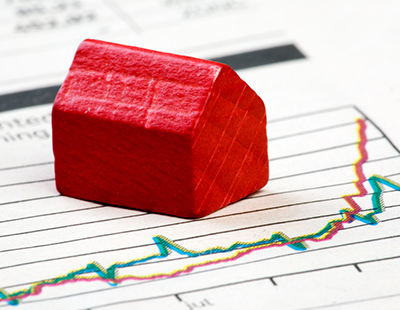
Anthony Codling – the former Jefferies analyst who now leads PropTech platform Twindig – says London provides a good example, but is by no means the only location where buyers may not have benefitted.
Land Registry data shows that the average house price in London passed the £500,000 mark in November 2020.
“House prices in London have risen by 9.7 per cent over the last 12 months compared to an average increase in house prices across England of 7.6 per cent. In absolute monetary terms, this translates to an average increase of £45,241 in London and £18,875 in England” says Codling.
That means that in both London specifically and England generally, the increase in the past 12 months exceeds the largest potential stamp duty saving of £15,000. Indeed, in the month of November alone, house prices in London overall rose by 4.0 per cent or £19,698.
In one location, Ealing in the west of the capital, the price rise was 11.2 per cent or an average of £52,083.
While there have been exceptions in London – the City of London and City of Westminster boroughs have both seen price falls in the past year – Codling’s analysis shows that 21 of the 34 London boroughs have seen increases over £15,000 in the past year.
A separate recent analysis by Codling expresses doubt over whether buyers elsewhere in the UK have materially benefitted from the stamp duty holiday, which still have around 10 weeks to run.
“For a house costing £200,000, the saving is £1,500 and for the average UK house price – which according to Nationwide was £230,920 in December 2020 – the Stamp Duty Holiday saving would be £2,120 or less than one per cent of the purchase price.
“…The [maximum] £15,000 saving is often the figure which gets the headlines, but for most, the Stamp Duty Holiday saving will be considerably less … We can see that housing transactions are clustered around the £175,000 price point.”
“Just under 12 per cent of housing transactions will save the maximum £15,000, which is at most a saving of three per cent of the purchase price. With the saving capped at £15,000 as the purchase price rises above £500,000 the relative saving decreases.”
Codling’s analysis follows data from HM Revenue & Customs, recording 129,400 sales in December 2020 – 31.5 per cent higher than December 2019 and 13.1 per cent higher than in November 2020.
This marked the strongest December for house sales in the past decade and the first time since 2015 that sales topped 100,000 in December. The provisional HMRC data takes overall 2020 transactions to 1,041,610 – that’s only 11 per cent lower than in 2019, despite the market being closed for several weeks during the spring.
Codling concludes: “This is an astonishing result given the global pandemic and further evidence that a stamp duty holiday is not required, in my view.”

